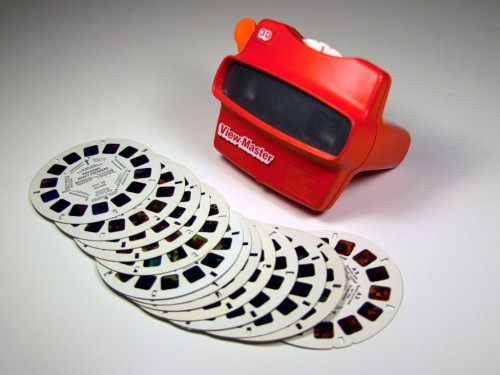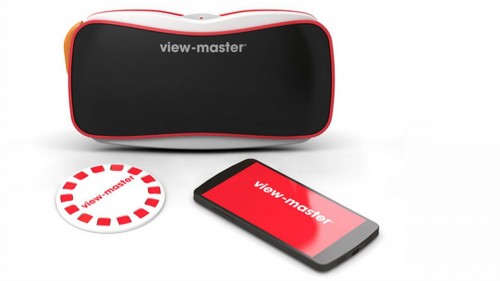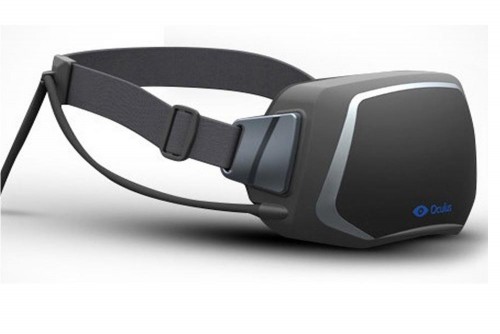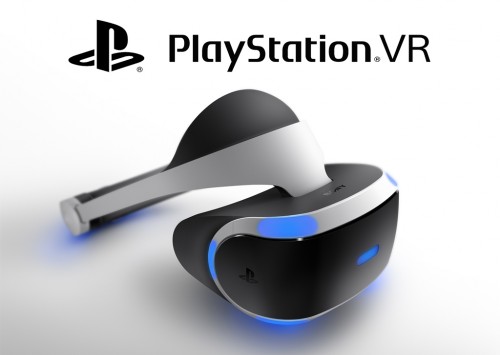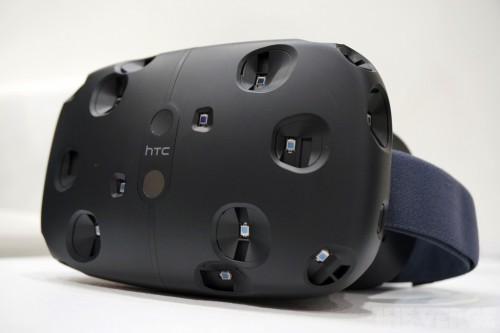Top Tech Trends for 2016 Part 1 - VR Headsets

Technology developers are keen on adding the word autonomous to their products. We have seen this in the past few years with domestic robots; robotic vacuum cleaners are gaining on popularity so are robotic lawnmowers, pool cleaners, UAVs, and so much more. Last year we saw the first autonomous car hit the roads, and we know many other car makers are also working on autonomous models to take a place in the market. Some UAVs are also being manufactured to be autonomous, self driving, take pictures at the right moment all this to make it more simple for users.
This year will be the rise of Virtual and Augmented Reality, self driving cars, new materials and purpose for 3D printers and many more but in this blog we will cover VR headsets.
Virtual or augmented reality; virtual reality has been around for a few decades now and has evolved tremendously since. It is referred to as immersive multimedia or computer-simulated reality, it replicates an environment that simulates a physical presence in places in the real world or fictive world, allowing the user to interact in that world. It artificially creates sensory experiences, which can include sight, touch, hearing and smell. The first thing that comes to mind where all of these collide is ''Soarin''. Most of you that went to Epcot at Walt Disney know this attraction but for the others that have been sleeping for the last decade "Soarin" is a hang glider simulator that gives you a ride trough California, with a screen so big you have the feeling of really flying over it, you can feel the wind blowing in your face and get smells from the different beautiful landscapes.
Now imagine having this experience from the comfort of your living room, it all has to start with the sight; as they say seeing is believing. That is why in 2016 we will see many different companies come out with stereoscopic displays, in other less fancy words VR goggles or headsets. One of the first VR goggles is over 60 years old and pretty much everybody has played with one of these.
View-Master is now different, with your smartphone and their new goggles you can now move in a 360° landscape.
A few companies are going to release their VR headsets this year, the point of these is to track the user's head movements in a 3D world making it even more immersive for simulators, games and even movies.
Oculus Rift is more than likely the one to have started the hype for VR headsets, developed by Palmer Luckey and funded with Kickstarter. Facebook had a quick interest in the product and bought it for the price of $2 billion dollars. The headset will plug into your computer trough DVI and USB ports, it will track your head movement and provide 3D images in the stereoscopic display. It will hit the market in March.
The next model also known as Sony's Project Morpheus with the official name PlayStation VR will hit the shelves in the first half of 2016. It has a nice 5.7 inch OLED screen for the stereoscopic display and the refresh rate is up to 120Hz. The positional awareness is different from the Oculus Rift as the PlayStation VR uses the console's camera for tracking. It is stated to have a latency of 18 milliseconds.
The HTC Vive is a top quality hardware that will be used with Valve's SteamVR software, which is a first-person rework of their existing game client for VR games. With a resolution of 1200x1080 per each eye (2400-1080 total) and a field of view of over 100 degrees, this will give out a maximum immersion experience. HTC has also signed a partnership with big names like HBO, Lionsgate and Google, we have not heard much about there plans yet, maybe a side ring boxing match for an affordable price on HBO? Who knows...
This covers major brands that are coming out within 2016, but there are a lot more than only these three. Lots of these other models will function by putting your phone in a case and using it as the display, like the Google Cardboard VR.
Currently the market is being driven by the gaming industry, but that will take its leave and give place to a bigger market. They could be used for so many things like front row seat tickets to shows in the comfort of your living room and first person view for drones. Medical surgery field is already using VR headsets for remote operations. The fact that all these different models will be out this year and the hype that it creates can only leave place for using VR headsets for many different purposes we have not imagined yet.
Thanks for helping to keep our community civil!
Notify staff privately
You flagged this as spam. Undo flag.Flag Post
It's Spam
This post is an advertisement, or vandalism. It is not useful or relevant to the current topic.
This post is an advertisement, or vandalism. It is not useful or relevant to the current topic.
You flagged this as spam. Undo flag.Flag Post



